Many species are widespread although in general more common in the south. Some are restricted by host plant occurrence e.g. Larch and Pine, or habitat preference e.g. Anisostictus novemdecimpunctatus (Water Ladybird). Most species are carniverous and generally feed on aphids. Subcoccinella is vegetarian on a range of herbaceous plants. Psyllobora, Tytthaspis and Halyzia are mildew feeders. For excellent accounts of the biology and ecology of this family see Majerus.
Majerus and Kearns is the most recent British key and includes a key to larvae. Earlier keys e.g Pope, 1953 or Joy are useful but there have been many changes so care must be exercised. The Majerus key does not include the Harlequin or the Bryony ladybirds.
The native species of Rhyzobius and Coccidula are widespread and common. R.chrysomeloides certainly in the Watford area appears to be thriving.
The old species of Scymninae are characterised by a much shorter antennae. With the exception of Hyperaspis pseudopustulata Mulsant, a widespread and sometimes common woodland insect, they are all pubescent, much more so than our two Epilachninae. Clitostethus arcuatus (Rossi) is a tiny (<1.5mm) black beetle with lighter marks near the pronotal margins and elytral apices. It is a very local and rare insect of southern english woodland. Our eleven species of Scymnus (1.2-2.3mm) are characterized by their 4 segmented tarsi. Many are widespread and several are common. Stethorus punctillum (Weise) is widespread in southern England in woodland and orchards. It is small, 1.2-1.6mm, black beetle with yellow or brown appendages, strongly rounded and very convex, almost hemispherical. Our three species of Nephus, like Stethorus, have three segmented tarsi but these beetles are distinctly elongate. They are all small, (1.5-1.8mm), black species, N.bisignatus (Boh.) has indistinctly lighter elytral markings while N.quadrimaculatus (Hbst.) and N.redtenbacheri (Muls.) have distinct yellow macula. N.bisignatus is known only from a few south east coast specimens. N.quadrimaculatus was confined to Kent and East Anglia but appears to be spreading and can be found in Watford by sweeping/beating Ivy in Whippendell wood. N.redtenbacheri is widespread and locally common on grassland.
Clitostethus arcuatus
Coccidula rufa
Coccidula rufa
Coccidula scutellata
Coccidula scutellata
Nephus quadrimaculatus
Nephus redtenbacheri
Rhyzobius chrysomeloides
Rhyzobius chrysomeloides
Rhyzobius chrysomeloides
Rhyzobius litura
Rhyzobius litura
Scymnus frontalis
Chilocorus renipustulatus
Exochomus quadripustulatus
Adalia bipunctata
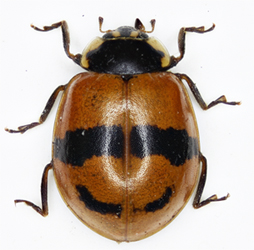
Adalia bipunctata
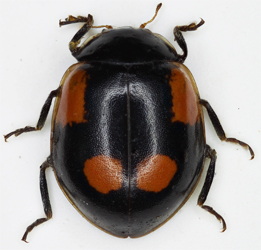
Adalia bipunctata
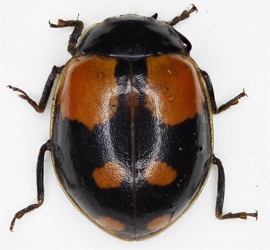
Adalia bipunctata
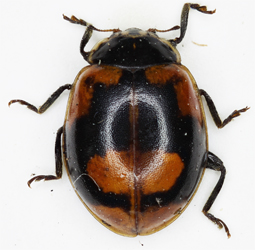
Adalia bipunctata
Adalia decempunctata
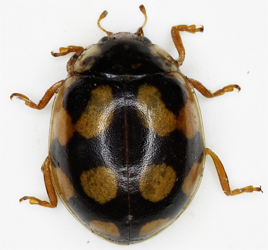
Adalia decempunctata
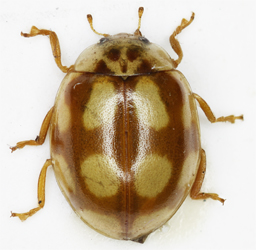
Adalia decempunctata
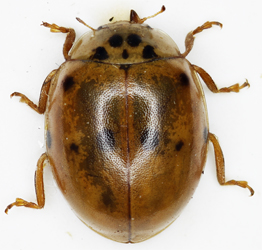
Adalia decempunctata
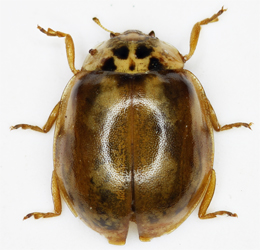
Adalia decempunctata
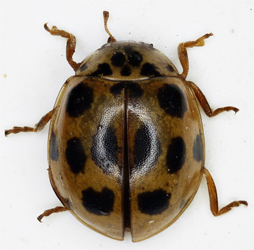
Adalia decempunctata
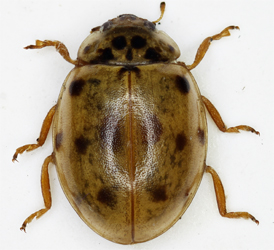
Adalia decempunctata
Anatis ocellata
Anisosticta novemdecimpunctata
Anisosticta novemdecimpunctata
Aphidecta obliterata
Aphidecta obliterata
Calvia quattuordecimguttata
Calvia quattuordecimguttata
Coccinella septempunctata
Coccinella undecimpunctata
Halyzia sedecimguttata
Harmonia axyridis
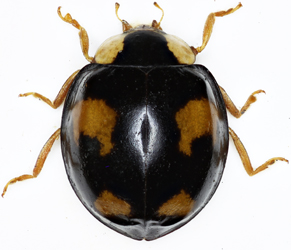
Harmonia axyridis
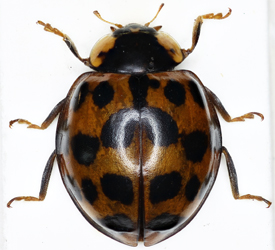
Harmonia axyridis
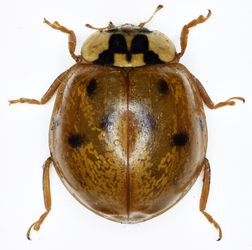
Harmonia axyridis
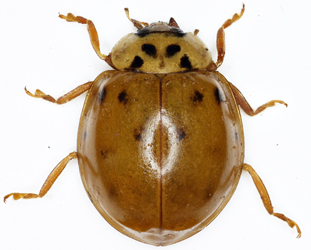
Harmonia axyridis
Harmonia quadripunctata
Hippodamia variegata
Myrrha octodecimguttata
Propylea quattuordecimpunctata
Psyllobora vigintiduopunctata
Tytthaspissedecimpunctata
Subcoccinella vigintiquattuorpunctata